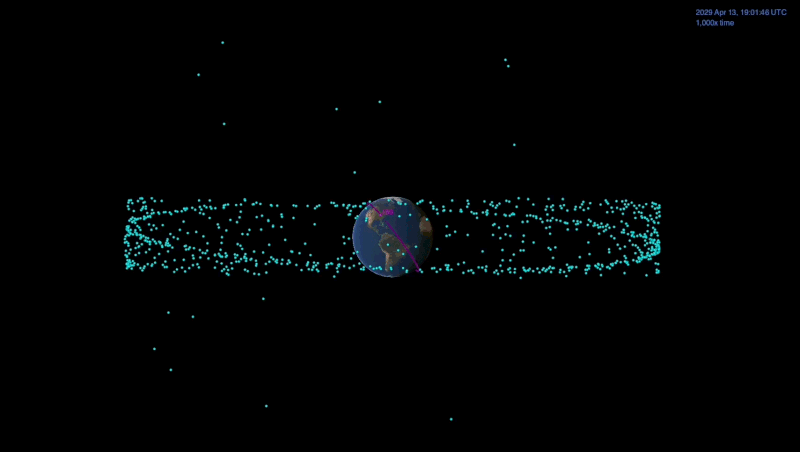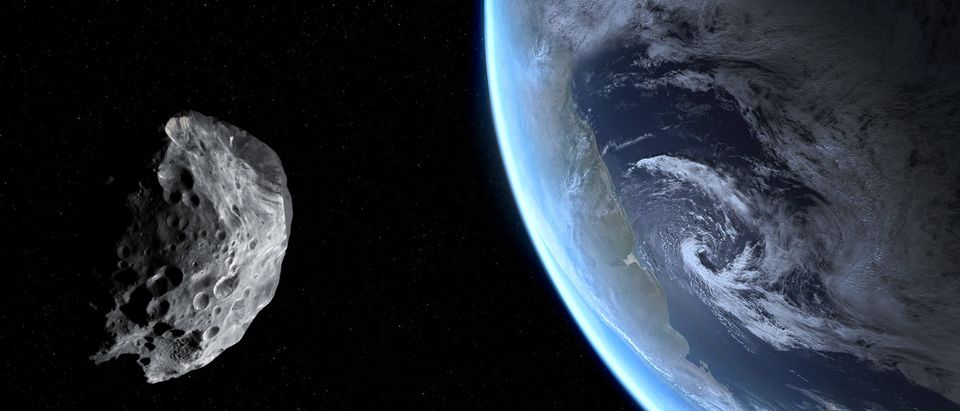

"The trajectory of the spacecraft was really amazing - I compare it to a hummingbird," Dante Lauretta, a planetary scientist at the University of Arizona, the principal investigator for OSIRIS-REx and an author on the new research, said during the news conference.

OSIRIS-REx (formally known as Origins, Spectral Interpretation, Resource Identification, Security-Regolith Explorer) launched in September 2016 and slipped into orbit around the asteroid Bennu in December 2018.Īfter its arrival, the spacecraft spent nearly two and a half years studying the space rock from orbit, swooping in, hovering overhead and inspecting the rock in every way possible. I think that, overall, the situation has improved. "I think that, overall, the situation has improved." Precision counts Stay Tuned."The impact probability went up just a little bit but it's not a significant change, the impact probability is pretty much the same," lead author Davide Farnocchia, who works at NASA's Center for Near Earth Object Studies in California, said during a news conference held Wednesday (Aug. Those images are being taken now, and should be just amazing. Hopefully, for some time to come, any more will be smaller and less damaging.Īnd this won’t deter the release of the first science images, which is planned for July 12, just a month from now. This one was bigger than you might expect so early on, but that doesn’t mean there’s an elevated risk from bigger rocks sometimes a coin just randomly lands tails-up a few times in a row. Impacts happen, and there will be many more on JWST. Those are predictable, though, and the observatory can be turned to minimize the effects - Hubble has done this many times, in fact. Sometimes they come in swarms, like during a meteor shower. This micrometeoroid was what we call a sporadic, or random one. The James Webb Space Telescope’s primary mirror is composed of 18 smaller (1.3 meter) mirrors, which will unfold when the observatory reaches space. However, again, engineers are continuing to fine-tune segment C3 to reduce the problem. Part of the advantage of JWST is how high resolution it is, how much detail it can see in objects. The biggest concern would not be the loss of light collecting area, but any spurious reflections that could be generated by an irregular pockmark, or how this would distort the shape of objects seen through the telescope. You might think a chip in the mirror is catastrophic no matter how small, but the overall mirror itself is immense, 6.5 meters across, so a tiny ding is hardly noticeable in most cases. It’s possible to adjust C3 to minimize the impact of the impact, so to speak, such that the degradation of observational quality is minimized. Each segment can be individually controlled with small actuators in the back, which were recently used to adjust them to all act as a single mirror. The micrometeoroid hit one of the eighteen 1.3-meter mirror segments, specifically one designated C3. The mirror segment C3 (outlined in red to the lower right) was the one hit by a tiny space rock. James Webb Space Telescope Mirror Segment Namesīefore launch, JWST’s primary mirror was assembled at NASA’s Goddard Space Flight Center. If I had to guess I’d think it was still pretty small, perhaps less than a millimeter in size, but to be clear that’s pure speculation. Still, this impact was bigger than expected, though NASA didn’t say how big they think the impactor was. Since launch there have been four impacts on the observatory, which is about what you’d expect given its size, the environment - JWST is at the gravitationally stable Earth-Sun L2 point, about 1.5 million kilometers from Earth - and how long JWST has been in space. On the ground, long before launch, engineers used simulations to see what impacts could do, and actually used test impacts on samples of the mirrors to see what damage would occur. However, the mirrors have to be exposed to space and so are vulnerable to impacts. The sunshield, a tennis-court-sized structure comprised of five layers of thin Kapton that protects JWST from the heat of the Sun, can withstand small holes and even tears. A lot of the important electronics on the observatory’s underside are armored against impacts, for example.

Much of JWST is designed to withstand small impacts (scroll to the bottom of that page to get some details). However, engineers know these things are out there and plan accordingly.


 0 kommentar(er)
0 kommentar(er)
